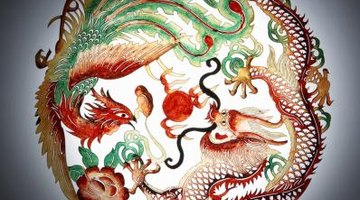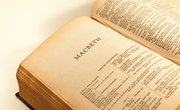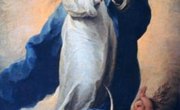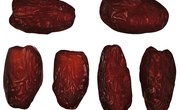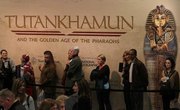China's long written history preserves thousands of years of legends and mythology. Although the gods of Chinese folk belief most often have human-like forms, animals also play a big role in ancient Chinese myths. Many of the important creatures in Chinese mythology are based on real-world animals, such as lions, tigers, snakes and turtles. But others are much more fantastic, combining features of multiple animals or existing in a class of their own.
Dragon
Chinese mythology tells stories about many different kinds of dragons. The traditional depiction of a dragon was a snakelike creature with a head like a horse. They also often had four legs, horns on their heads, and sometimes even whiskers. In early Chinese history, dragons were benevolent water creatures that represented light and positive forces. But after Buddhism brought elements of Indian mythology to China, some dragons took on darker and more fearsome qualities, according to the book "Chinese Mythology A to Z."
Phoenix
The fenghuang, sometimes called a Chinese phoenix, is one of the most common mythical creatures in Chinese tradition. Unlike the phoenix of Western mythology, it wasn't said to die in flames and rise from its own ashes. Instead, it was the illustrious emperor of all the birds, which could be summoned by music to the palaces of ancient China's most ethical rulers, according to "Chinese Mythology A to Z." That book also says that in Chinese tradition, the fenghuang represents forces such as peace, prosperity and warmth.
Qilin
After the dragon and pheonix, the qilin (today pronounced "chee-leen") is the third of the three major beasts of Chinese mythology, a horned creature that was said to live for a thousand years. According to "Chinese Mythology A to Z," it had the mane of a lion and the head of a dragon, usually with one sharp horn on top, which has led many Westerners to call it a Chinese unicorn. In ancient drawings, according to that book, the male qilin had the fur and paws of a lion and the female had a scaly body and hooves. The qilin was traditionally said to have the body of a deer, but in later Chinese dynasties it became more doglike, the book adds. In China's golden age the qilin was a symbol of wisdom and good fortune, but in earlier myths it was a ferocious fire-eating beast that could kill people with its horn.
Other Beasts
"Chinese Mythology A to Z" includes descriptions of other creatures that played smaller but nonetheless important roles in Chinese mythology. The Beast of the White Marsh, for instance, was a creature that could speak to every animal and taught the Yellow Emperor, said to be the founder of China, about reincarnation. The Yellow Emperor also is said to have killed the Kui, a one-legged beast and storm god, and made a drum from its skin. Another creature called the Dark Warrior was the ruling beast of the north, depicted in artwork as a tortoise with a snake wrapped around its body.
Related Articles
Writer Bio
Evan Centanni specializes in world cultures and human geography. He grew up in Oregon, but has since lived in two other countries and traveled to many more. Centanni is editor of Political Geography Now at www.polgeonow.com. He holds a Bachelor of Arts in international studies and linguistics from the University of Oregon.

